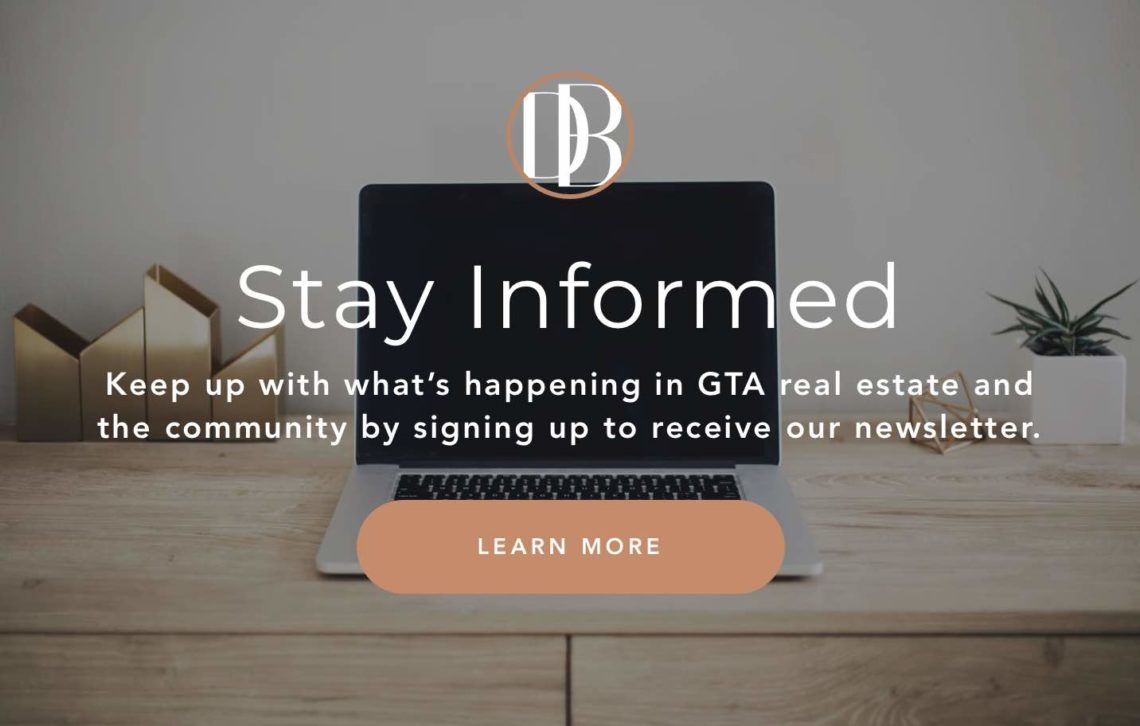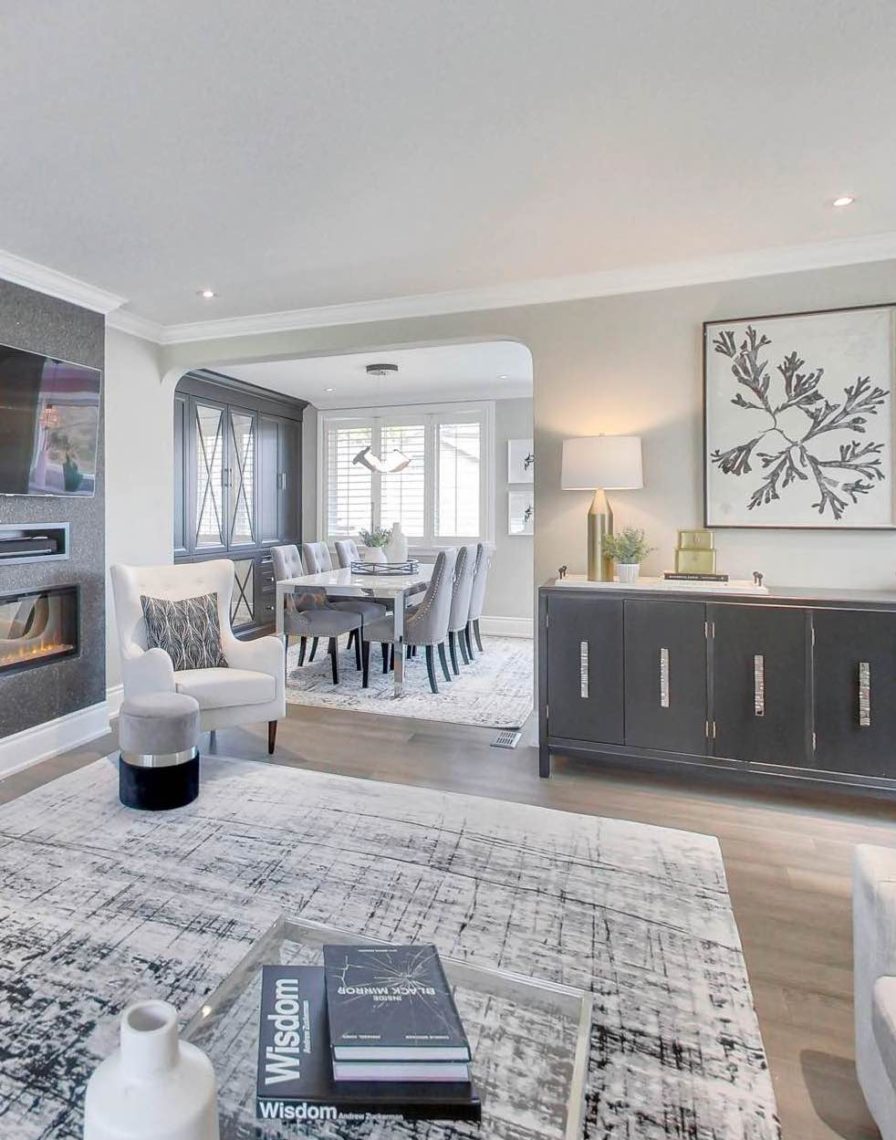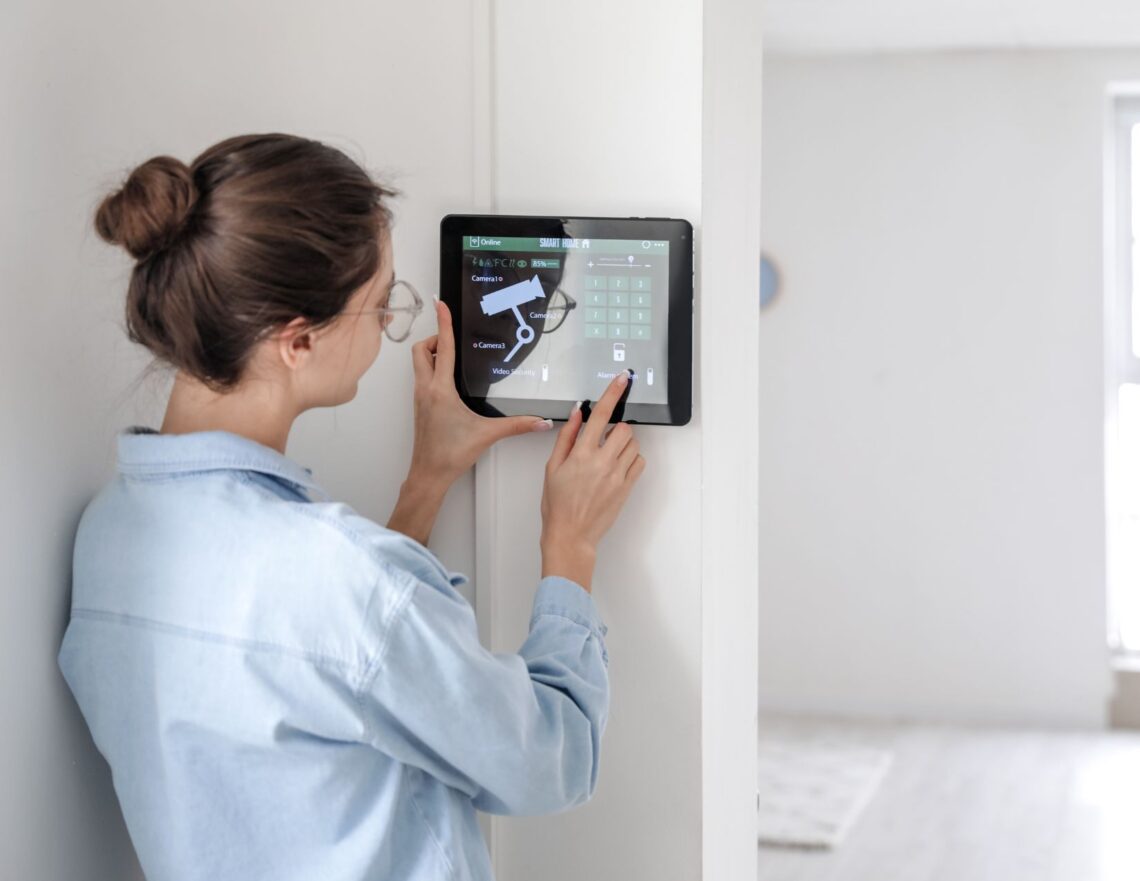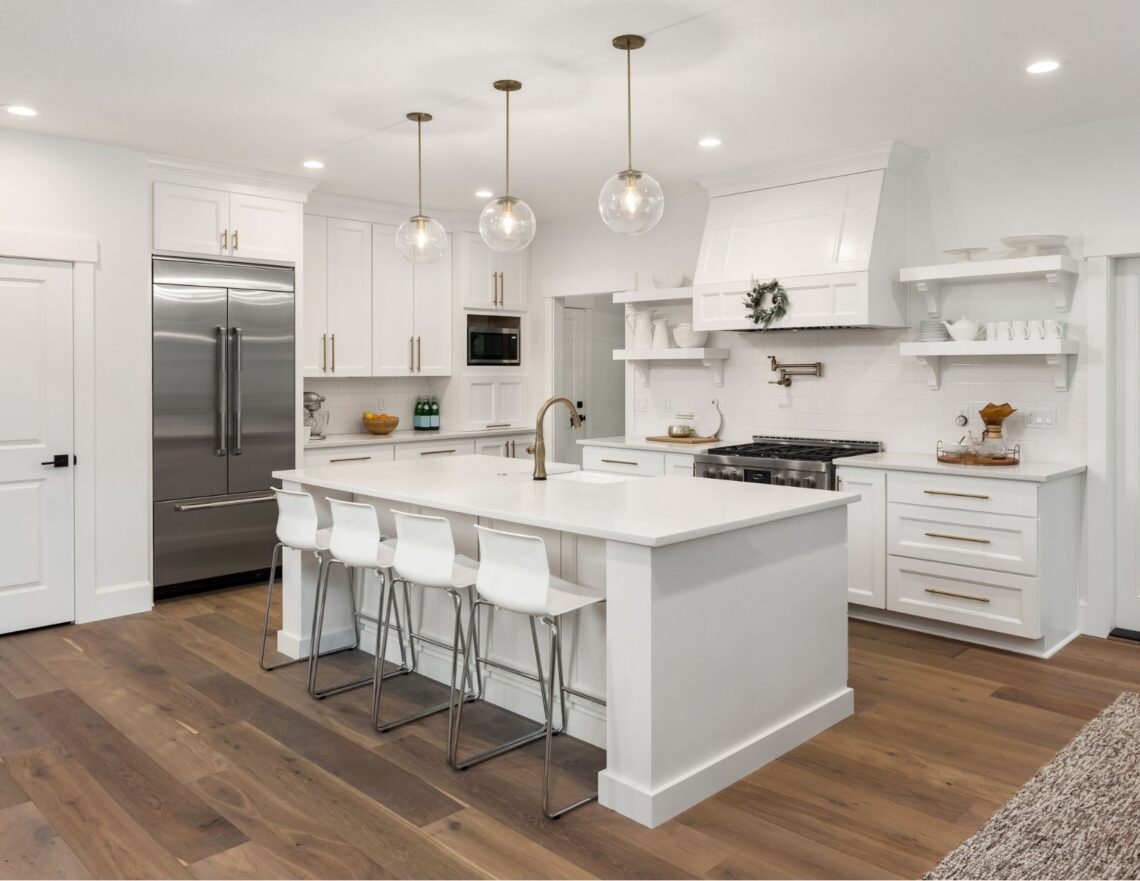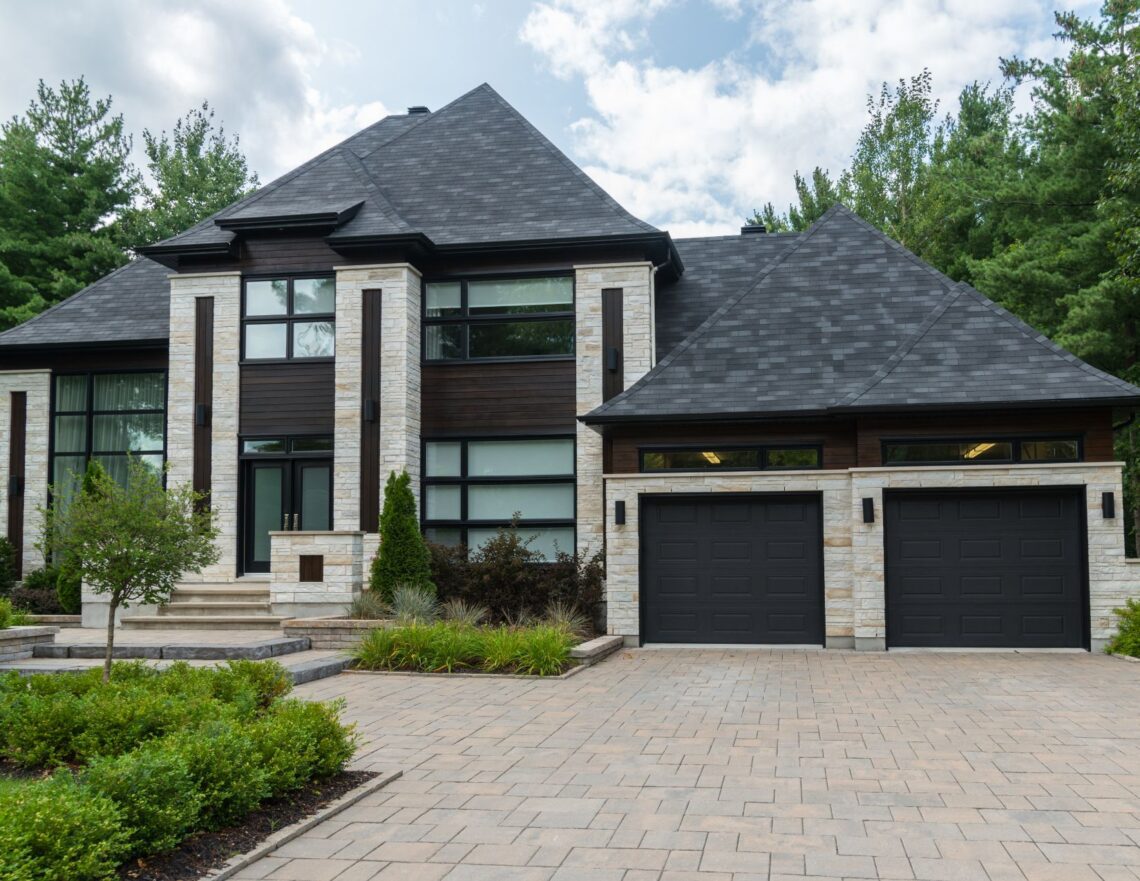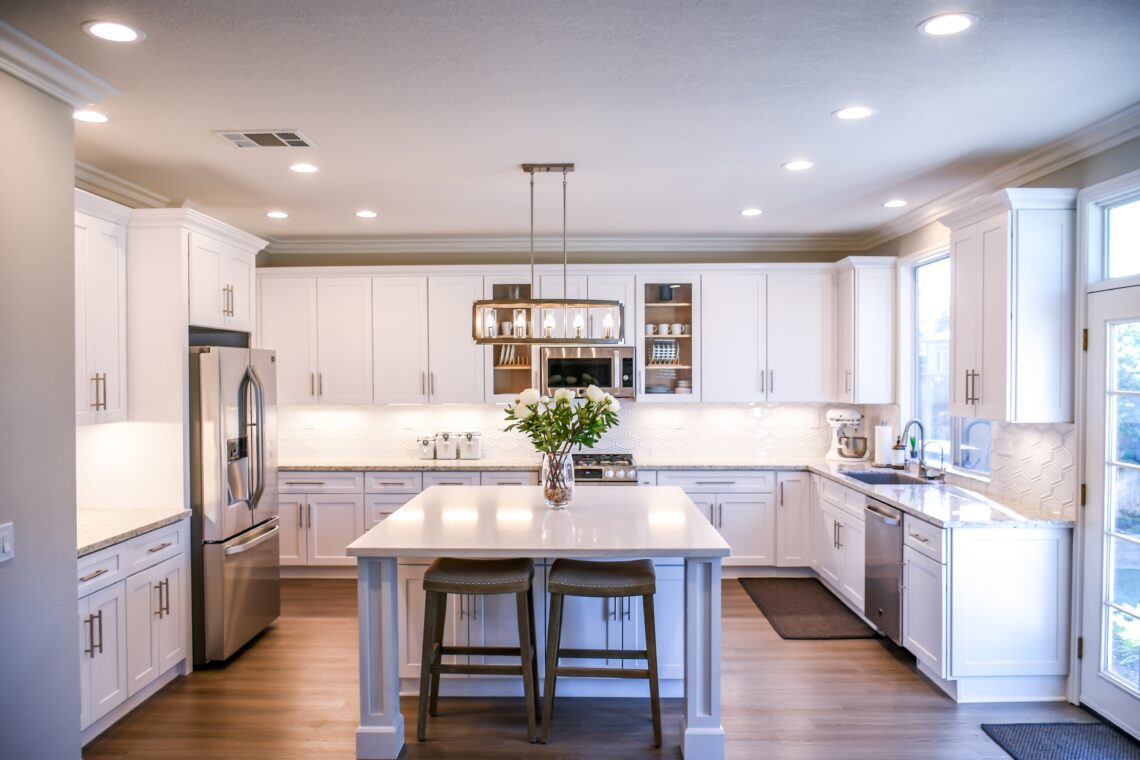05.05.2022 | Buying
Buying Your First Home – How to know you’re ready and where to start
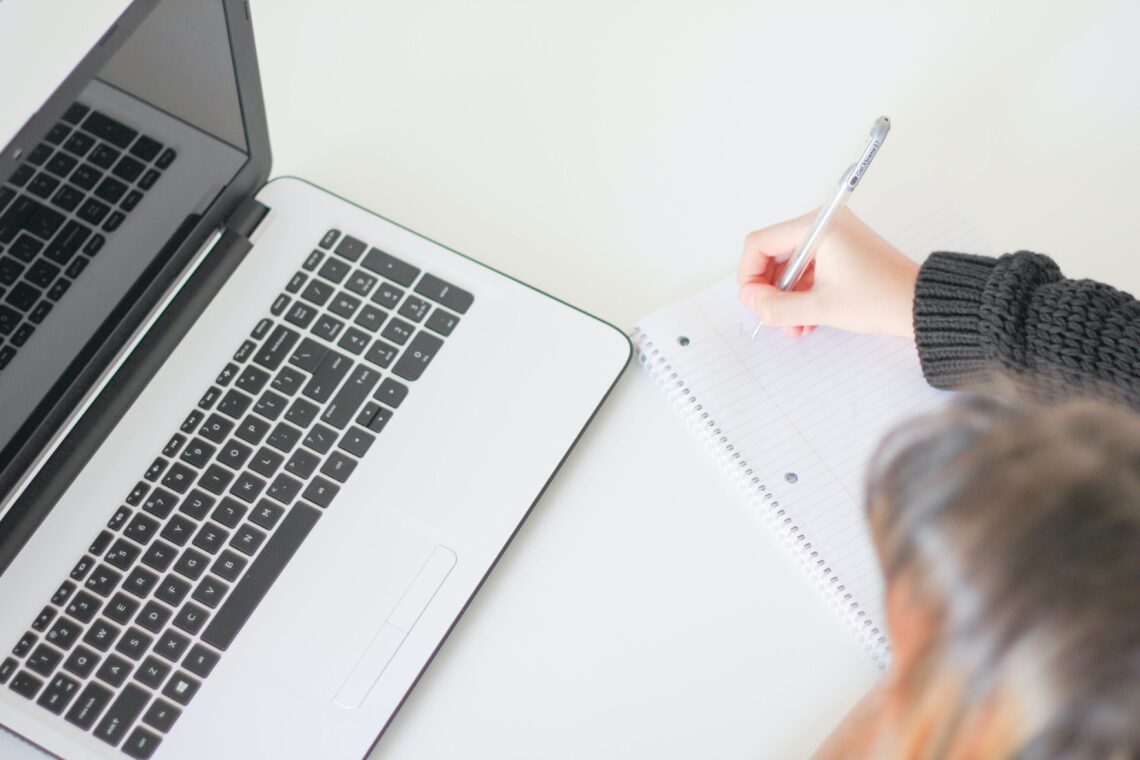
Buying your first home is an exciting time! It can seem overwhelming, but with the right help by your side and a plan to break it down into manageable steps, you’ll be in your first house in no time.
Choosing when to leap is the first thing you’ll need to decide. So how do you know if you’re ready?
5 Signs Your Ready for Your First Home
- You’re ready to settle down in one area long-term (or at least for the next 5 or so years)
- You have an idea of how your future will look
- Your current home can’t meet your long-term vision or needs
- You’re in a comfortable financial position & have saved for a down payment
- You’ve accepted and prepared for the extra costs of being a homeowner
If you’ve checked off this list, maybe it’s time to get the ball rolling on your first property!
7 Steps to finding Finding your First Home
1. Head to the bank
An open and honest conversation with your bank or a mortgage broker will give you a big picture of your finances to decide whether you’re ready to make a purchase. If you’re not quite there yet, a financial professional on your side can help you devise a savings plan to build up your down payment or improve your credit rating (if necessary).
2. Save for your down payment
A home purchase requires a down payment. This is usually anywhere between 5% and 20% of the total purchase price, depending on your financial situation. Starting to sock away money as early as possible will ensure you have the funds on hand when it’s time to purchase your first home.
Tips for saving for your down payment:
- Set up automatic withdrawals into a savings account
- Prioritize your spending
- Pare down your material goods
- Pick up a side hustle and stash away everything you make
- Pay off your credit card debts first
In Canada, first-time homebuyers can take advantage of a program known as the Home Buyers Plan, which allows you to withdraw funds from your RRSP to use as a down payment on your first home. You can withdraw up to $35,000 from your RRSP and have 15 years to put the money back in.
3. Get a mortgage pre-approval
If you’ve been saving and are ready to buy, your first step is to apply to be pre-approved for a mortgage. This will let you know how much you’ll be able to borrow so you can start looking for homes in your price range.
Your mortgage provider does an initial background check and will let you know the current interest rates. You’ll get an idea of your monthly payments based on your home’s purchase price. The David Bradica Team has excellent mortgage brokers that we work with regularly that we can put you in touch with. Just reach out to us, we’d be happy to make the connection.
4. Define your boundaries
Where do you want to live? Do you need to be close to work or school? Do you have flexibility about which neighbourhood you would like to live in? Some communities are more affordable for first-time buyers than others. Keeping an open mind about where you want to purchase can help your agent find you the best place.
Also, keep in mind your lifestyle, hobbies, and activities. What do you enjoy doing, and what amenities are close to the neighbourhoods you’d like to live in? Do you want to be in a rural area, the suburbs or right in the city? Is public transportation, parking, or walking score important to you?
5. Seek out a real estate agent
Once you have your pre-approval and know which area you want to buy in, seek out a real estate agent who is an expert in the city or town you’re looking to purchase in. Start by asking friends, family, and coworkers for referrals. Research online and find an agent who feels like a good fit for you.
What to look for when hiring a realtor:
- How many years have they been in business?
- What type of reputation do they have within the industry?
- How well do they know the neighbourhoods you are looking in?
6. Create your list of needs and wants
Spending time upfront to create a needs and wants checklist that prioritizes must-haves and deal-breakers will help your agent prioritize the essential elements of your first home.
What to keep in mind when creating your checklist:
- Define a NEED vs. a WANT (is it a necessity, or would it be nice to have?)
- Prioritize what’s most important to you and what you are willing to compromise on. (Number of bedrooms, open concept, parking, garage, location, etc.)
- Keep in mind how long you plan to be in this house – is it a starter home you will live in for the next 5 years, or do you plan to be here longer?
- Look to the future – do you plan on starting a family within the next few years?
- Recognize what you can and can’t change about a home. Buyers often get hung up on décor, like the wallpaper or flooring, but these things are the easiest and cheapest to fix.
- What neighbourhood do you want to be in? What community amenities are important to you?
7. Start searching for your first home!
Your real estate agent will access listings and scour the market searching for your perfect home based on your needs and wants checklist. Your agent will arrange showings for you so you can see as many homes that peak your interest as you want. Sometimes things look different in real life than on paper.
Once you find your first home, your realtor, mortgage broker, and lawyer will walk you through the process, from placing an offer to your closing date!
Buying your first home is an exciting time! One of the most important things you’ll choose is the professionals who will walk you through the process. Be sure to do your homework, and work with people you feel comfortable with.
Book a free buyers’ consultation to get your questions answered.
